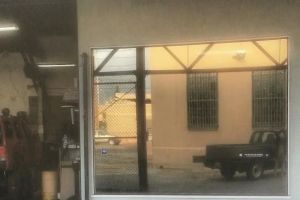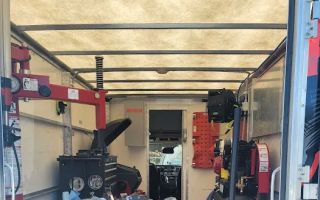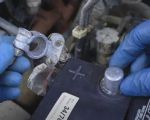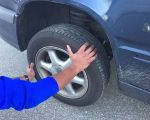- 1-Understanding-the-Role-of-Spark-Plug-Wires
- 2-Signs-Your-Spark-Plug-Wires-Need-Replacement
- 3-Tools-and-Materials-Needed-for-Spark-Plug-Wire-Replacement
- 4-Step-by-Step-Process-to-Replace-Spark-Plug-Wires
- 5-Tips-for-Safe-and-Effective-Spark-Plug-Wire-Replacement
- 6-Common-Mistakes-to-Avoid-When-Changing-Spark-Plug-Wires
- 7-When-to-Seek-Professional-Help-from-Rescue-Towing
1. Understanding the Role of Spark Plug Wires
Spark plug wires, also known as ignition wires, play a critical role in delivering electrical current from the ignition system to the spark plugs, igniting the fuel-air mixture in your engine’s cylinders. Properly functioning wires ensure smooth engine performance and fuel efficiency.
Knowing how to replace car spark plug wires is essential for maintaining your vehicle’s health and preventing engine misfires.

Snow's Auto Repair Center
324 W Chapman Ave, Orange, CA 92866, USA
2. Signs Your Spark Plug Wires Need Replacement
Worn or damaged spark plug wires can cause rough idling, decreased fuel economy, engine misfires, and difficulty starting your car. Visible signs include cracks, burns, or corrosion on the wires and boots.
Regular inspection can help you spot these issues early before they lead to more serious engine problems.

Auto-Tech Inc
2611 N 84th St, Omaha, NE 68134, USA
3. Tools and Materials Needed for Spark Plug Wire Replacement
To replace spark plug wires, gather the following: a complete set of new spark plug wires matched to your vehicle, a spark plug wire puller or pliers, dielectric grease, and safety gloves.
Having the right tools ensures a smooth replacement process and reduces the risk of damaging components.
4. Step-by-Step Process to Replace Spark Plug Wires
Begin by working on one wire at a time to avoid mixing connections. Remove the old wire by gently twisting and pulling at the boot ends. Apply dielectric grease inside the new wire boots for better connection and protection. Attach the new wire securely to the spark plug and distributor or ignition coil, ensuring correct firing order.
Repeat for each wire, double-checking connections to prevent engine misfires.
5. Tips for Safe and Effective Spark Plug Wire Replacement
Always work on a cool engine to avoid burns. Label wires before removal to maintain correct order. Use gentle force to avoid damaging wires or connectors, and never pull the wire itself—always pull from the boot.
These practices extend the life of your ignition system and keep your engine running efficiently.
6. Common Mistakes to Avoid When Changing Spark Plug Wires
Mistakes like mixing wire order, pulling wires improperly, or skipping dielectric grease application can cause engine performance issues. Avoid rushing the job and ensure each connection is secure.
Taking time to follow instructions carefully reduces repair costs and prevents frustration.
7. When to Seek Professional Help from Rescue & Towing
If you experience persistent engine issues after replacing spark plug wires or feel uncomfortable performing the task, seek assistance from professionals. Rescue & Towing offers expert automotive support to diagnose and fix ignition system problems safely and efficiently.
Trusting professionals when needed ensures your vehicle’s longevity and your safety on the road.






























